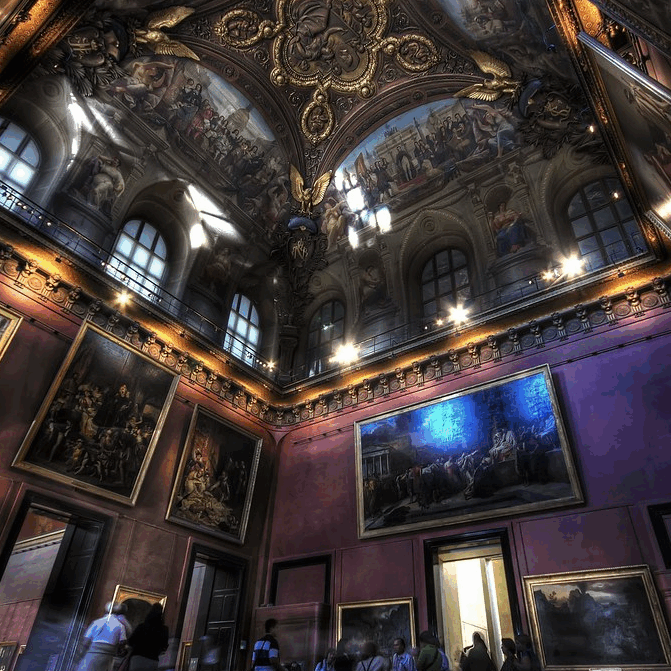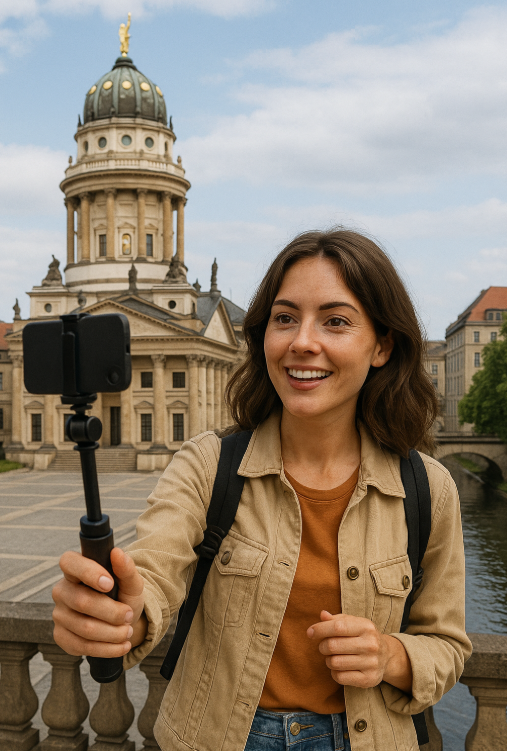Europe’s vibrant art scene is shaped not only by its centuries-old institutions but also by a new wave of independent contemporary art museums. These spaces offer fresh perspectives, immersive experiences, and boundary-pushing exhibitions that reflect today’s diverse creative voices. From large cultural hubs to niche galleries, the continent is filled with opportunities to explore how modern art interacts with society, politics, technology, and identity.
One of the most notable names in this space is the Moco Museum, with locations in Amsterdam, Barcelona, and London. Each venue presents a unique atmosphere while maintaining a shared mission: to make modern and contemporary art accessible to the public in engaging and unexpected ways. Featuring works by celebrated figures such as Banksy, Jean-Michel Basquiat, and Yayoi Kusama, Moco bridges the gap between popular culture and high art.
What sets institutions like Moco apart is their focus on experience. The design of their exhibitions often encourages participation, reflection, and emotional response. Visitors are invited not just to observe but to engage — through installations, immersive rooms, and digital media. In doing so, these museums become more than repositories of art: they become platforms for storytelling, activism, and imagination.
Across Europe, similar independent spaces are redefining how we encounter contemporary creativity. In Berlin, converted industrial buildings house bold visual experiments and cross-genre performances. In Lisbon, underground galleries blend urban culture with street art in dynamic and ever-changing formats. Cities like Antwerp, Milan, and Prague have seen a rise in community-led projects that blur the line between exhibition and interaction.
These institutions are often smaller than traditional museums but make up for it with agility and innovation. Freed from the constraints of older, more formal institutions, they can pivot quickly to spotlight emerging trends, support marginalized artists, or respond to global conversations in real time.
Independent art spaces also play a crucial role in expanding access. Many focus on underrepresented voices — whether by gender, ethnicity, or worldview — and create programming that speaks to new audiences. They function as cultural mirrors, capturing the energy of their communities while opening windows into wider global movements.
For travelers seeking more than just passive viewing, these museums offer a deeply human connection to art. They ask questions, challenge assumptions, and often stay with you long after you’ve left the building.
Whether you’re wandering through digital dreamscapes, pondering provocative sculptures, or discovering rising stars of the art world, independent contemporary art museums across Europe promise an experience that is both thoughtful and thrilling. They reflect not only what art is — but what it can be.

